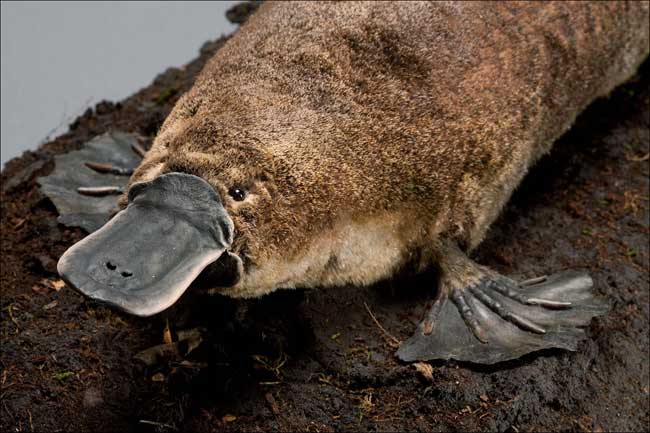

The creeks where this research took place were quite small and the willows were quite old and well established, so the channel under the trees was lined by a thick mat of tough, fibrous roots – undoubtedly making it difficult for a platypus to detect and capture prey.įrom a platypus’s viewpoint, other negative habitat features are known to include: However, two studies by APC researchers have found that a negative relationship exists between the occurrence of willows and the distribution of platypus foraging activity in summer and early autumn. Platypus populations are sometimes found in water bodies that are lined with large numbers of willows. The occurrence of sizable pools or backwaters (either natural or man-made) connected to a river or stream.

Water depth from 1 to 6 metres (ideal depth = 1 to 3 metres).The occurrence of coarse organic materials in the channel, such as fallen logs, branches, bark, twigs and leaves.The occurrence of relatively coarse inorganic bottom materials, such as gravel, pebbles, cobbles and large rocks.Stream and river banks that are both well-consolidated by plant roots and undercut to a depth of 8 centimetres or more.The amount of cover provided by shrubs and lower-growing plants, especially those overhanging the water.Indigenous trees (eucalypts and wattles) growing on the banks, especially large trees growing right next to the channel (as shown at right).In turn, invertebrate productivity is strongly influenced by the quality of instream and bank habitats.Ī positive relationship has been found to exist between platypus abundance and/or feeding activity and the following habitat features: Platypus numbers and reproductive success are most likely to be limited by the availability of nutritious food, mainly in the form of aquatic insects and other invertebrates. The platypus is an egg-laying mammal or monotreme, as they have a cloaca instead of a specific genital opening to give birth.This section highlights issues that are important for platypus conservation, including: The platypus is known for its smooth, suede-like textured bill, earning the moniker of the “duck-billed platypus.” The bill of the platypus is rubbery and flexible, with receptors that help the creature to negotiate the underwater world and detect the movements of potential prey such as shrimps. For the protection of the webbing, these animals walk with some degree of awkwardness, balancing on the knuckles. The webbing retracts when the platypus is on the land, as this ensures the claws are more useful.
#FAT PLATYPUS SKIN#
Their frontal feet are webbed, that is, they have extra skin between the toes that works as a paddle when they swim. The underside also has light colored fur. The fur is shaded dark brown, with lighter fur close to the eyes. Platypuses have a thick and dense fur coat that helps to insulate them from the cold water. However, scientists have found that in the olden days platypuses were two times as large as the modern variety, at 40 inches or 1 meter in length.

The weight of an average platypus is around 3 pounds or 1.4 kilograms, but those residing in colder climes may weigh more, the Australian Conservatory for Platypus points out. A platypus is about 15 inches or 38 centimeters long from the rump to the head, with the addition of the 5 inch or 12.5 centimeter tail.


 0 kommentar(er)
0 kommentar(er)
